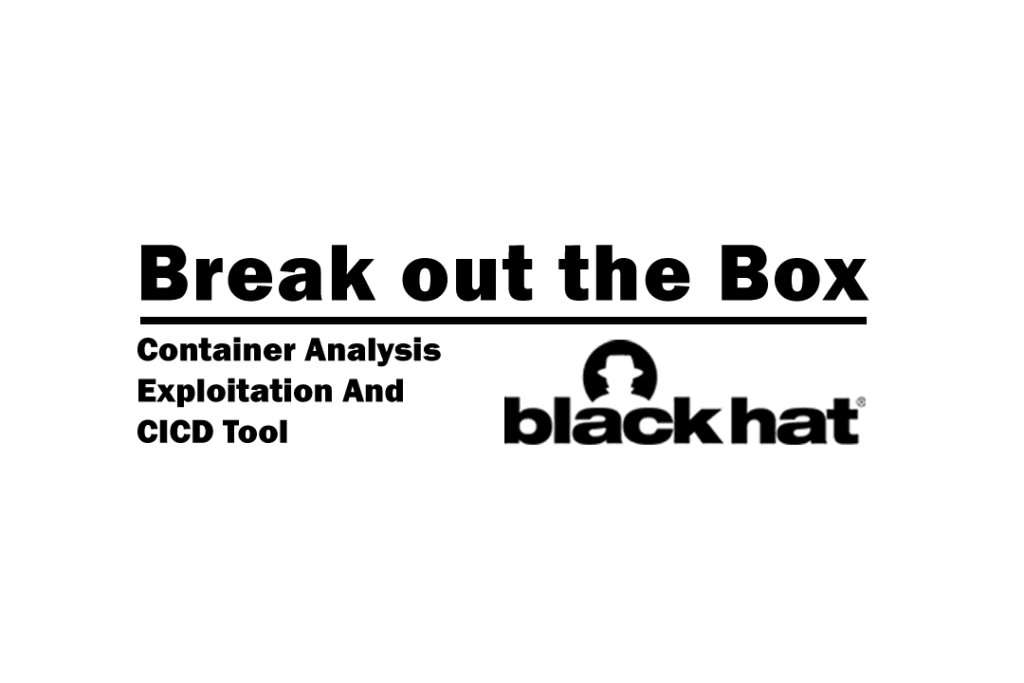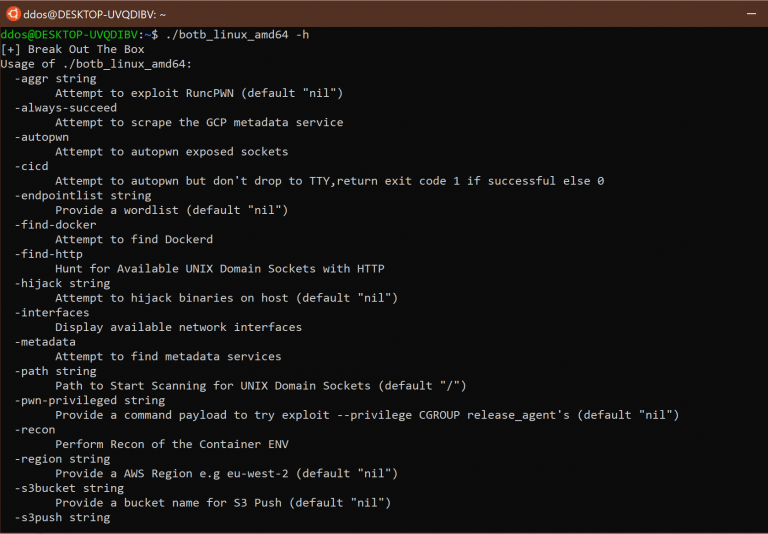BOtB is a container analysis and utilization tool designed for use by computer engineers, while at the same time being CI / CD friendly with their common technologies.

Contents
hide
Mode
BOtB is a CLI tool that allows you to:
- Take advantage of common container vulnerabilities
- Perform joint actions after operating the containers
- Enable when certain tools or binaries are not available in the container
- Use the capabilities of BOtB with CI / CD technologies to test container development
- Perform the above in either manual or automated approach
Specifications
- Find and identify the UNIX domain slots
- Identify the UNIX domain hosts that support HTTP
- Find and recognize the Docker Daemon in UNIX domain slots or on an interface
- Analyze and locate sensitive strings in ENV and edit it in ProcFS, ie / Proc / {pid} / Environ
- Identify the endpoints of metadata services, e.g. http://169.254.169.254, http://metadata.google.internal/ and http://100.100.100.200/
- Perform a container breakout via CVE-2019-5736
- Domain of binary files with custom payload
- Perform actions in CI / CD mode and return only codeoutput s > 0
- Find metadata information from GCP endpoints
- Upload data to S3
- Force BOtB to always return an output code 0 (useful for non-blocking CI / CD)
- Run the above from CLI arguments or from a archive YAML configuration
- Perform a reverse DNS lookup
- Determine the secrets of service accounts Kubernetes and try to use them
Use

Instructions on how to use the program, you will find here.
You can download the program from here.





